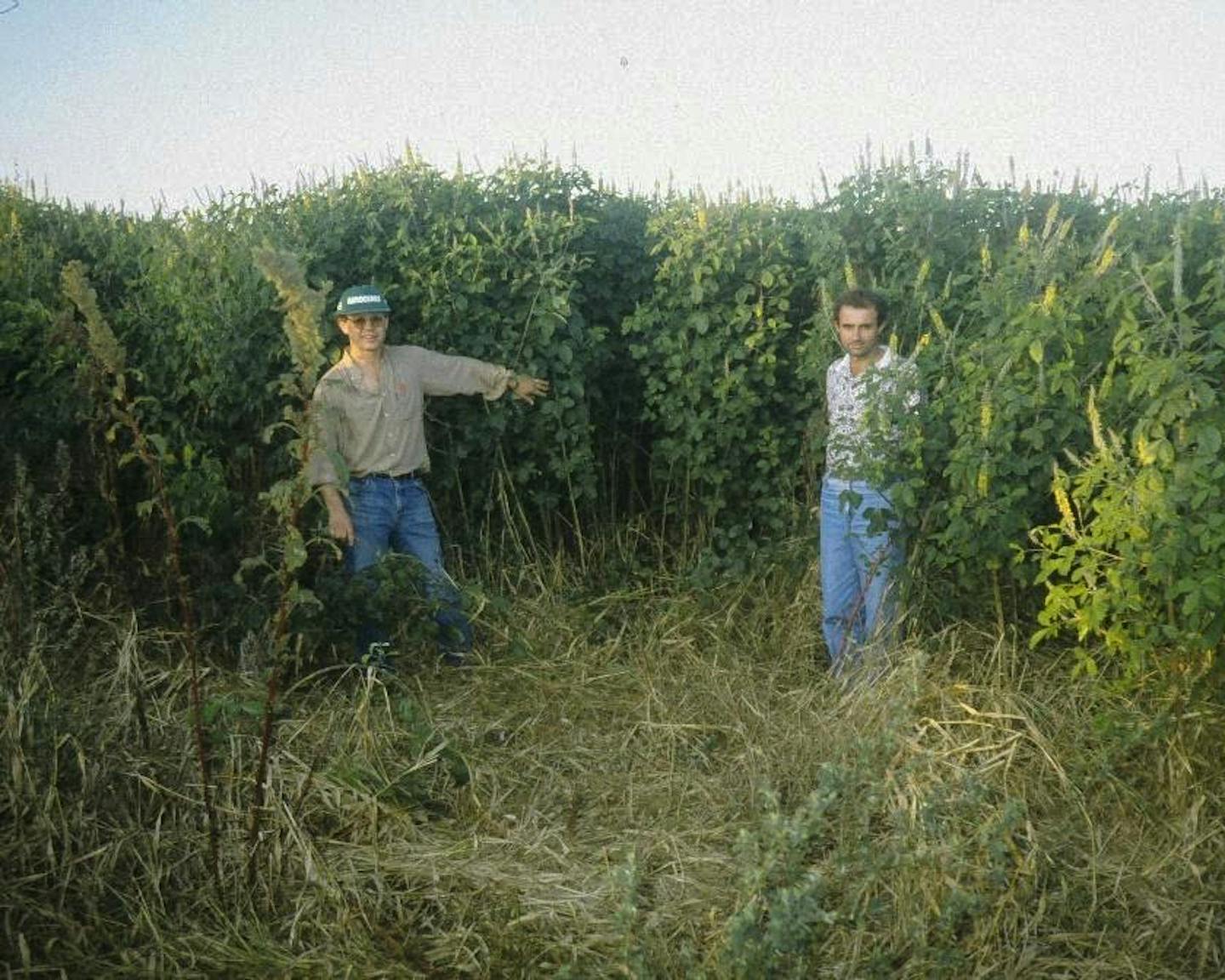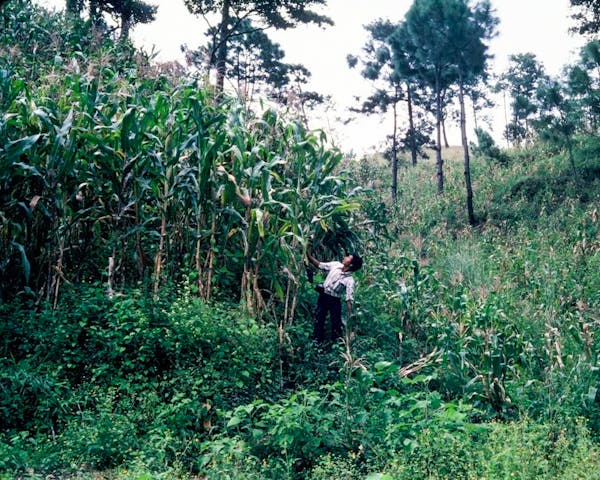Smallholder farmers case study 3: conservation agriculture
- Regenerative Agriculture
- Regenerative Croplands
- Smallholder Farming
- Brazil Cerrado & Atlantic Coast
- Southern America Realm
In the mid-1990s, I was facilitating a course in Chile for the top leaders of government agricultural agencies across the Southern Cone of South America. One of the more animated participants kept making comments that my years of working with or visiting over 400 agricultural development programs could only be a reflection of his having worked in a particularly high-quality program.
Suspecting that Valdemar de Freitas’ program was a first-class operation, I pulled him aside one evening and asked him to tell me more about it. My hunch was confirmed, and I was planning a trip to southern Brazil.
Valdemar was the director of EPAGRI, the agricultural development program of the Brazilian State of Santa Catarina. He was running what was easily one of the finest agricultural development programs I had ever seen. We drove for hundreds of km along Santa Catarina’s highways, frequently passing farms on both sides of the road that were covered in one or more of a dozen green manure/cover crops (gm/cc) species, along with contour grass barriers like Laureano’s.
Green manure/cover crops are defined as “any plant, whether a tree, a bush, a climbing plant, a creeper or even an alga, that is used by farmers to, among other things, fertilize the soil or control weeds.” They are not usually grown mono-cropped, as traditional green manures are, nor are they usually buried, and they are almost never chopped down green because people want the grain to eat, feed to their animals, or plant more gm/ccs.
Gm/ccs include the one climbing up Laureano’s maize stalks, the Lojy Be cowpeas in Madagascar, the gliricidia trees described below, and over 100 other species that farmers are now actively using somewhere in the world. Brazilian farmers alone were using 60 such species. Many of them, like the cowpeas, double as edible grain legumes.
Thus, in addition to building soils and increasing yields year after year, they produce high-protein food for humans and fodder for animals, as well as sequestering huge quantities of atmospheric carbon in the soil. They are, by far, the cheapest way to improve soils and sequester carbon known. They are the central, unsung heroes of these stories.
The Brazilians, in addition to being the world’s current leaders in the research and adoption of gm/ccs, were also introducing zero or minimum tillage, crop diversification, and the use of ground cover. Together, these practices are called Conservation Agriculture (CA)—another kind of regenerative agriculture.
EPAGRI has been working with CA throughout the State of Santa Catarina since the early 1980s. Together with its sister organization, IAPAR in Parana State, run by Ademir Calegari, it has also spearheaded a movement across Brazil that has resulted in over two million Brazilian farmers and another million Paraguayan farmers using CA on more than 25 million hectares.
Most of these farmers who use conservation agriculture still use some synthetic fertilizer, though in much smaller quantities than before, yet they are harvesting up to 8 t/ha of maize.
Why smallholder farmers are key to scaling regenerative agriculture




